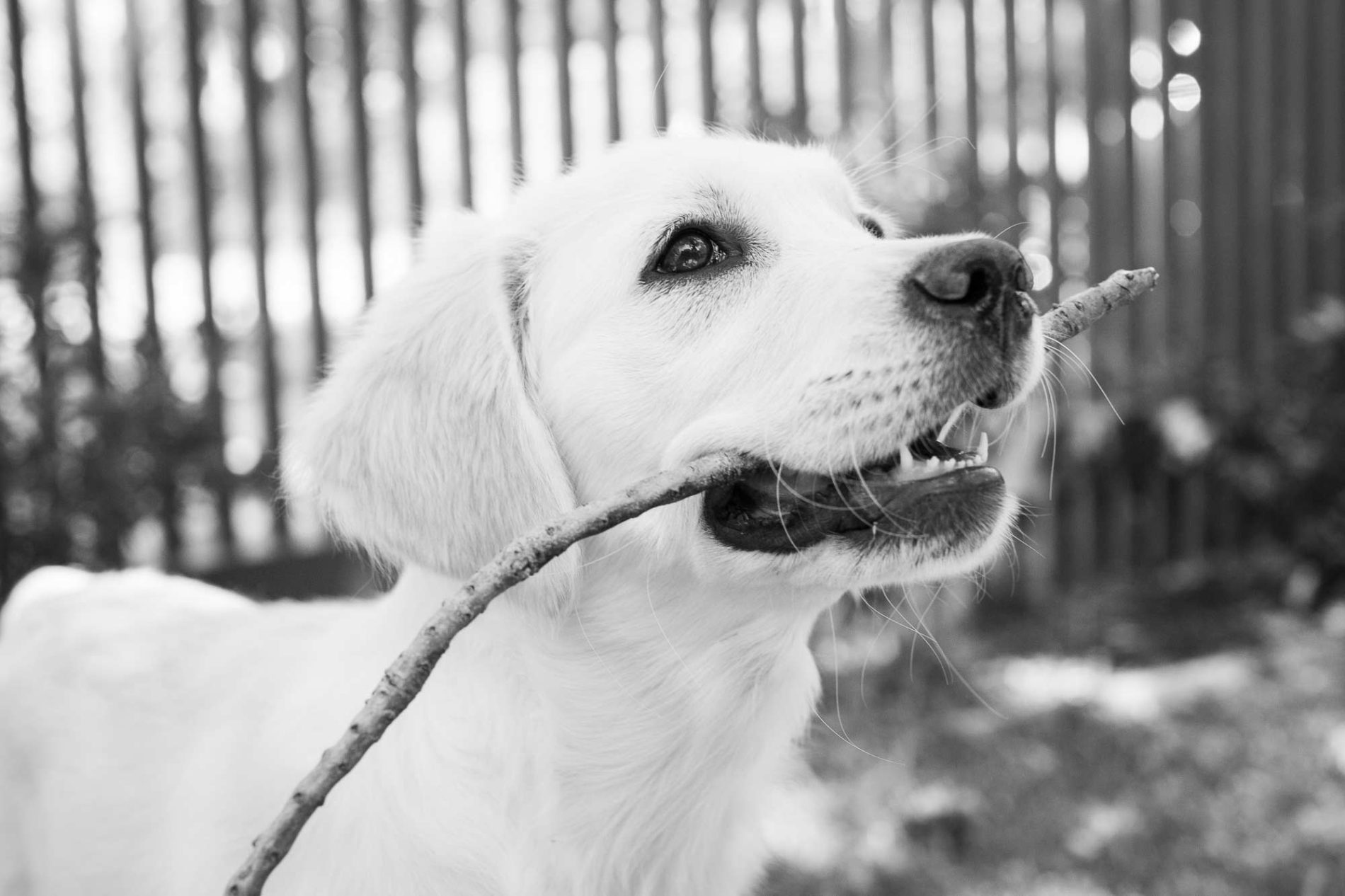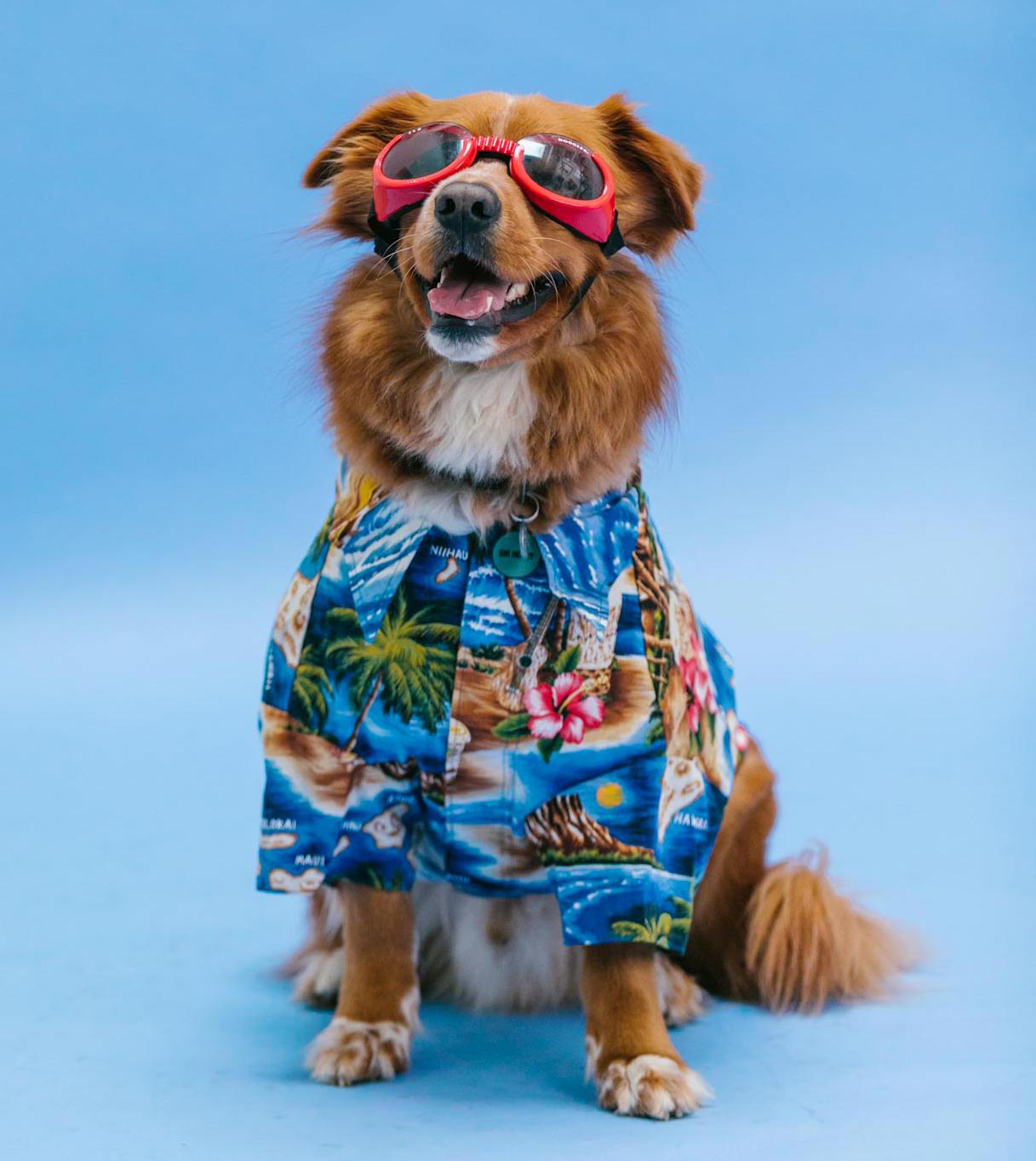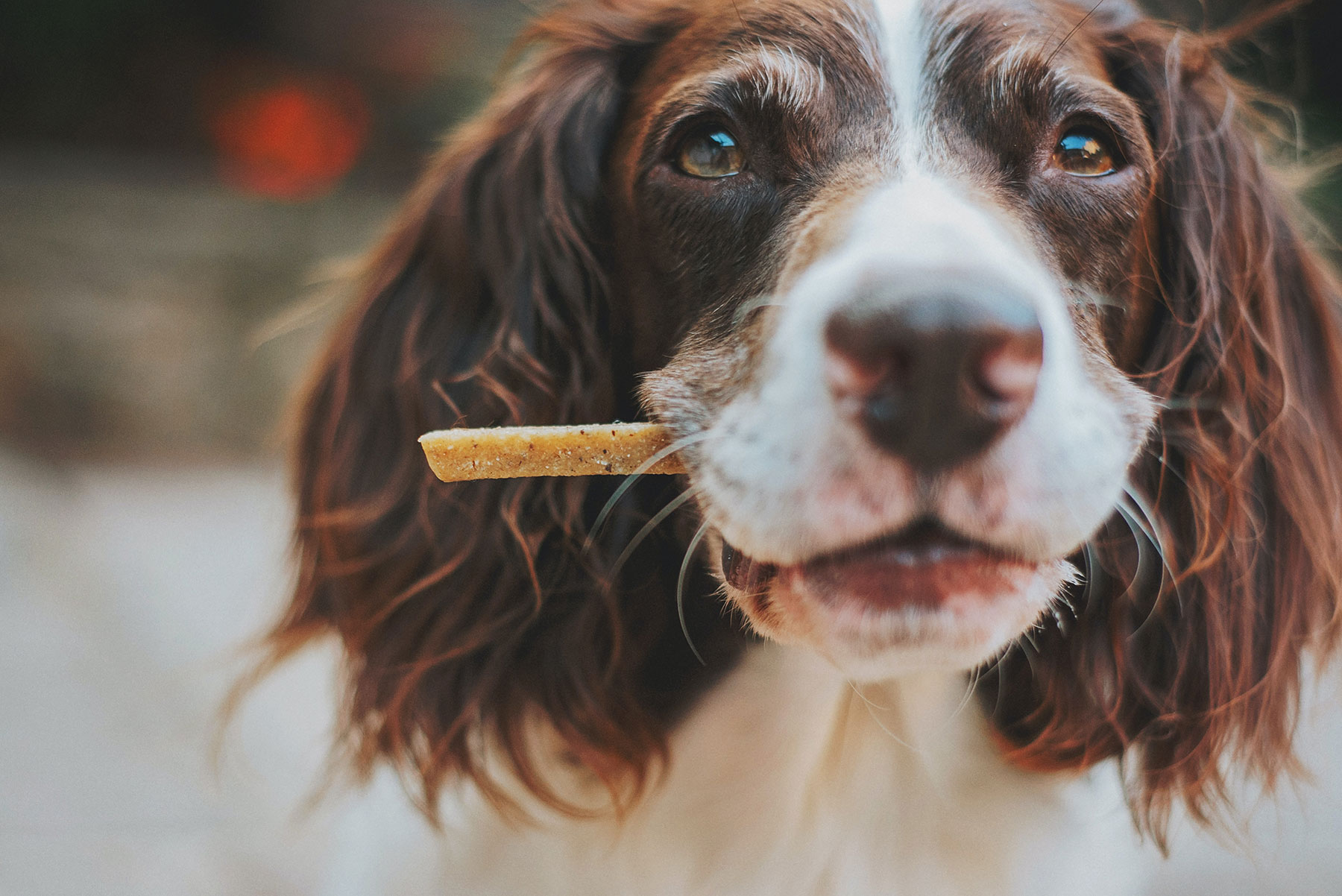Pet Farewell Journeys: Documenting Ash-Scattering Trips
Losing a beloved pet leaves a silence that feels hard to fill. For many Australians, saying goodbye goes beyond a simple farewell—it becomes a journey. Increasingly, pet owners are combining cremation with meaningful ash-scattering trips.
Photography, when approached with care, can preserve memories of your pet and help you deal with the loss in a gentle, deeply personal way.
Why Ash-Scattering Journeys Are Becoming Popular
Instead of a fixed burial site, pet cremation offers flexibility because ashes can be kept and they can travel—allowing owners to release them in places that held significance. It might be a favourite beach where your dog once chased waves, a hiking track where your cat-turned-adventurer once perched on your shoulder, or a quiet spot under some trees where you spent afternoons in peace.
Making personalised memorials reflects a desire to transform grief into a ritual connected with nature, travel, and memory. Australia’s vast and varied terrain—coastlines, deserts, forests, and rolling hills—creates the perfect canvas for these farewells.
Incorporating Photography into Farewell Journeys
Pet farewell photography isn’t about staged smiles or polished portraits. Instead, it’s about capturing stillness and the emotion of a goodbye. Think: ash drifting on the wind, footprints in wet sand, a paw print pendant held in sunlit hands. For owners, these images often serve as keepsakes that honour their pet’s spirit.
A good photographer’s role is not to intrude but to document quietly and sensitively. The goal is to blend into the environment, letting the natural backdrop—whether it’s a windswept beach or a bush track—frame the story.
Choosing the Right Australian Setting
Each location carries its own mood and meaning. Here are some potential ideas for ash-scattering trips and memorial photography:
- Coastal Farewells
Australia’s coastline stretches for thousands of kilometres, offering countless serene places to say goodbye. Wide beaches set a tranquil scene, while quieter stretches allow privacy for ash-scattering ceremonies.
Photographs here often focus on open horizons, footprints in the sand, or ashes released into sea spray as waves roll in. Early morning or golden-hour light can create an ethereal glow, softening the edges of a hard day.
- Bushland and Forest Retreats
For pets that loved the outdoors, bush tracks or eucalyptus forests can create an intimate setting.
Photography in these spaces leans towards close-ups: urns placed beside wildflowers, sunlight cutting through mist, or keepsakes nestled on moss-covered logs. It’s a reminder of renewal, of life continuing even in the quietest places.
- Mountainous Landscapes
If a pet often joined you on rugged adventures, scattering ashes in alpine regions can feel fitting. Kosciuszko National Park in NSW or Tasmania’s Cradle Mountain provide breathtaking backdrops, with dramatic peaks and crisp air lending gravitas to the occasion.
Wide-angle shots can capture both scale and solitude. Framing a single figure against a sweeping ridgeline speaks volumes without words.
- Rural and Paddock Settings
For farm dogs, working animals, or pets that thrived on open land, a country farewell can be deeply symbolic. Golden paddocks at dusk or quiet windbreak trees on family properties evoke familiar comfort.
Photographs might include sunset silhouettes or gentle details—collars, leads, or paw prints in dust—anchored against soft rolling hills.
Creative Elements to Include in Memorial Photography
Small personal touches can help in creating a richer story that will stay with you for years to come. Some interesting things you can include in your photos are:
- Keepsake Portraits: Incorporate urns, paw-print tokens, or ashes-in-glass jewellery. Framing them against natural textures—stone, sand, or wood—feels organic.
- Symbolic Props: Items like collars, favourite toys, or even leashes draped across a lap can add intimate meaning.
- Hands in Focus: Close-up photos of hands holding urns, scattering ashes, or holding onto mementos can help include you without having to show your faces.
- Wide Context Shots: Capture the entire landscape to place the moment within Australia’s vastness—sky meeting land or sea, hinting at continuity beyond loss.
Practical Considerations
Planning an ash scattering ceremony involves a lot of planning and sensitivty. Here are a few points to keep in mind:
- Check Regulations: Many public spaces have restrictions on ash-scattering. Contact the space you plan on scattering in and make sure you find out whether it’s okay.
- Timing and Light: Dawn or dusk often works best for both lighting and mood, and may also be a quieter time to have this solemn ceremony.
- Discretion with Photography: If hiring a photographer, ensure they understand the need for minimal direction. Quiet observation often feels more authentic than posed shots.
- Weather Awareness: Australia’s climate varies drastically. Prepare for coastal winds, bush tracks after rain, or alpine chills if heading into higher regions.
Healing Through Connection and Imagery
Documenting an ash scattering journey through photography often helps people ground their grief into something tangible. For many people who undergo this journey, the images they take become part of their pet’s legacy, something they can frame and hold onto to remind them of the love that was shared and lost.
Find Professional Pet Photographers in Sydney, Melbourne & Brisbane
Whatever life stage your pet is at, your local pet photographer will have the perfect package to suit your furry friend!





